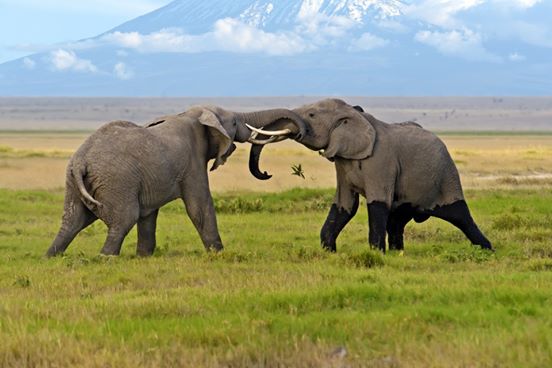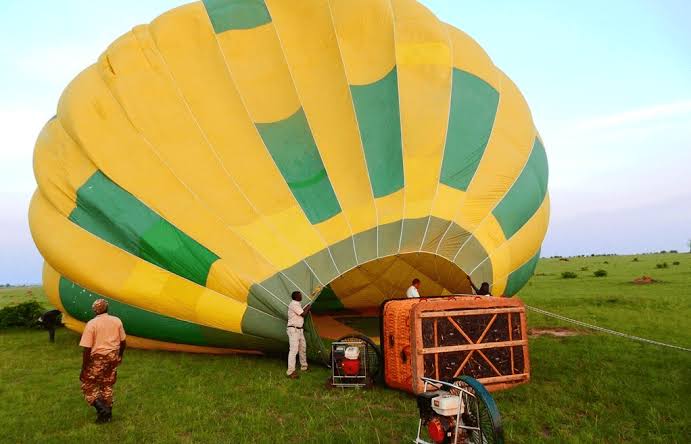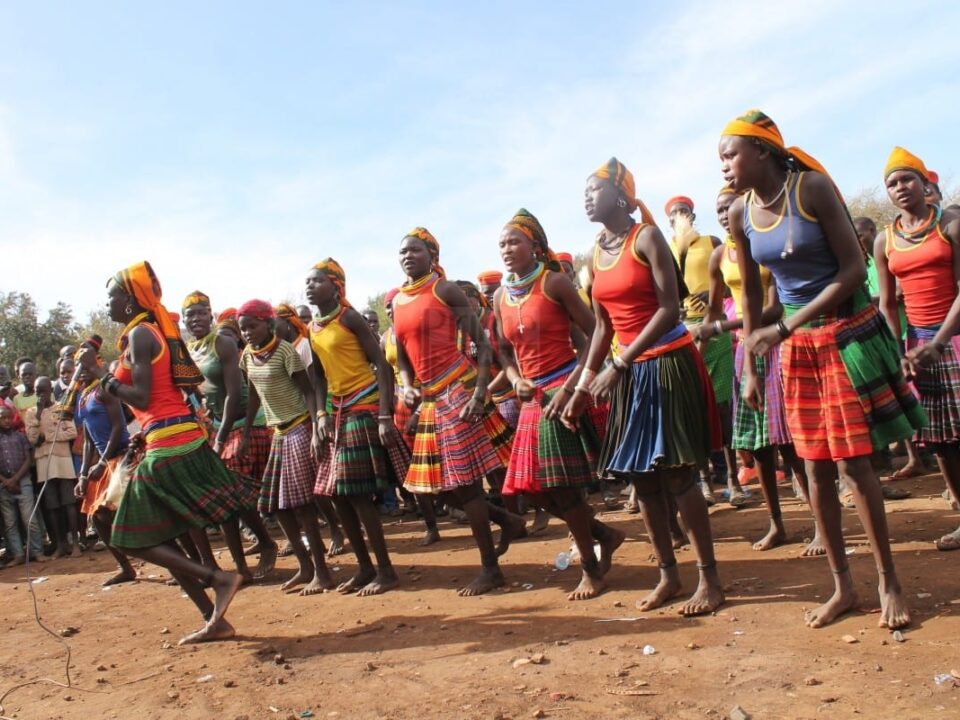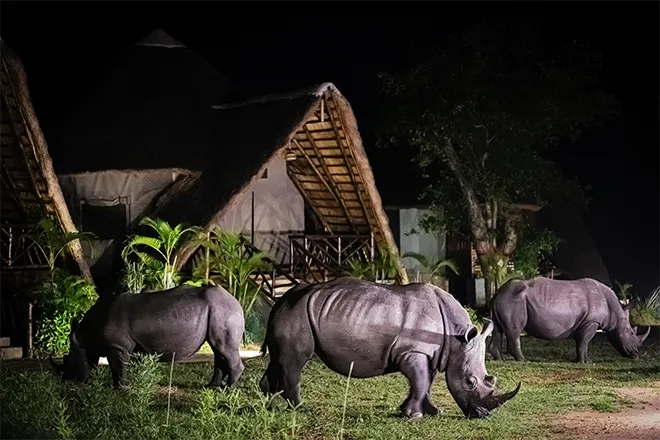- GET IN TOUCH WITH US:
- +256 753518160
- +256 777842166
- info@experiyatourcompany.com

Can I visit Amboseli and Tsavo in one trip?
November 20, 2025
Can I combine Samburu and Laikipia?
November 20, 2025What’s the Most Underrated Park in Kenya?
Kenya is world-renowned for its legendary safari destinations—Maasai Mara, Amboseli, Tsavo, Samburu, and Lake Nakuru. These parks attract global attention for good reason: dramatic wildlife encounters, extraordinary scenery, and iconic landscapes. Yet beyond these famous names lies a collection of parks and reserves that often go unnoticed despite offering equally remarkable, and sometimes even more intimate, safari experiences. This brings us to a question many adventurous travelers ask: What’s the most underrated park in Kenya? While opinions vary depending on travel style and interests, one park consistently stands out as the hidden gem of Kenya’s wilderness: Meru National Park.
Tucked away on the eastern side of Mount Kenya, Meru National Park remains one of the least visited yet most spectacular parks in the country. Its raw beauty, diverse ecosystems, low visitor numbers, and abundant wildlife make it a paradise for those who crave authentic and untouched African wilderness. Meru is a park with history, soul, and landscapes so dramatic that it is often referred to as “Kenya’s Serengeti without the crowds.” To understand why Meru deserves the title of Kenya’s most underrated national park, we must explore what sets this enchanting destination apart.
Meru National Park: A Wilderness Reborn
Meru National Park rose to international fame in the mid-20th century through the story of Elsa the lioness, narrated in the book and film Born Free. For many years, Meru thrived as one of Kenya’s most wildlife-rich parks. However, during the late 20th century, poaching severely damaged the park’s wildlife populations. But Meru’s story is one of resilience. Through continued conservation efforts, strong management, and significant anti-poaching initiatives, the park has undergone an extraordinary rebirth. Today, Meru is one of the most thriving and vibrant wildlife ecosystems in Kenya—yet it remains remarkably uncrowded.
Travelers who visit Meru describe it as a place where nature breathes freely, unbothered by heavy safari traffic or commercial infrastructure. It feels wild, thrilling, and beautifully remote—exactly what many visitors dream of when planning an African safari.
Extraordinary Landscape Diversity
One of Meru National Park’s most striking qualities is its dramatic and varied landscape. The park is shaped by lush riverine forests along the Tana River, rolling savannah grasslands, palm-dotted floodplains, acacia woodlands, and volcanic outcrops. In many ways, Meru feels like several parks combined into one, offering more ecological diversity than many of Kenya’s most famous destinations.
Because of this variation, every game drive feels unique. One moment you may be following winding rivers lined with doum palms and fig trees; the next, you are crossing open plains where elephants graze peacefully. As you move across the park, the scenery shifts from dense vegetation to wide-open horizons that glow beautifully at sunrise and sunset. Few parks in Kenya match the scenic contrasts found in Meru.
The abundance of permanent rivers—the Tana, Rojer, Mutonga, and Ura—also makes Meru one of Kenya’s greenest lowland parks, particularly after the rainy season when the region transforms into a vibrant, lush sanctuary.
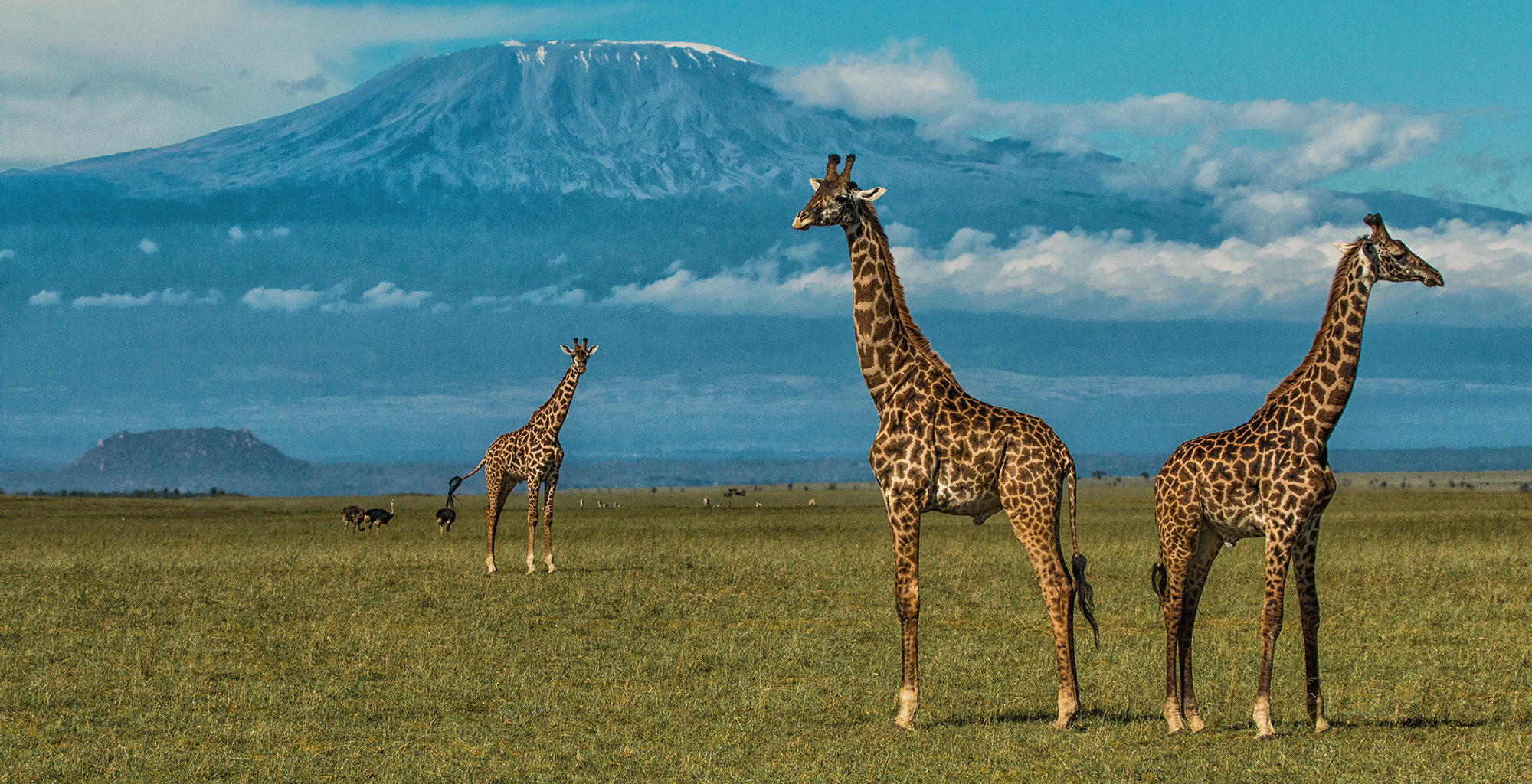 Remarkable Wildlife Without the Crowds
Remarkable Wildlife Without the Crowds
Despite its quiet reputation, Meru National Park is bursting with wildlife. It has healthy populations of elephants, buffaloes, giraffes, zebras, hippos, hyenas, and big cats. Lions roam the plains in several prides, leopards hide in riverine forests, and cheetahs hunt across the open areas. Hyenas, both spotted and striped, move through the park, and wild dogs occasionally pass through the region.
One of Meru’s greatest wildlife highlights is the white and black rhinos found in the secure rhino sanctuary within the park. This makes Meru one of the few places in Kenya where travelers can see all members of the Big Five—lion, leopard, elephant, buffalo, and both types of rhino.
However, what makes wildlife viewing in Meru special isn’t just the animals—it’s the peacefulness. Unlike popular parks where safari vehicles often gather around sightings, Meru offers solitude. You can watch lions undisturbed, elephants moving gracefully across the plains without another vehicle in sight, or leopards resting quietly in shaded trees with no background noise except birds and the rustling wind. This sense of exclusivity redefines the safari experience.
A Birdwatcher’s Paradise
Meru is one of Kenya’s richest birding areas, home to more than 400 species of birds. Its riverbanks attract kingfishers, herons, fish eagles, and bee-eaters, while the open plains host secretary birds, bustards, ostriches, and kori bustards. The forests provide habitats for turacos, hornbills, and numerous colorful species that delight ornithologists.
For bird enthusiasts, the diversity is thrilling. Even casual travelers find themselves enchanted by the variety of bird songs, colors, and movements across the park.
The Legacy of Elsa the Lioness and the Adamsons
Meru National Park holds a special place in wildlife history as the former home of conservationists Joy and George Adamson, who raised the famous lioness Elsa. Their story inspired the world and contributed immensely to the global conservation movement.
Visitors to Meru can visit the gravesite of Elsa, a deeply moving spot located beside the river she loved. The area is peaceful, surrounded by the sounds of flowing water and birdsong. It serves as a reminder of the transformative power of conservation and the beauty of protecting wildlife where it belongs—in the wild.
Untouched Wilderness and Unmatched Privacy
One of the biggest reasons Meru is considered Kenya’s most underrated park is the sense of untouched wilderness it offers. In popular safari parks, the density of visitors can sometimes make the experience feel less exclusive. In Meru, however, entire days can pass without seeing more than one or two other safari vehicles. The quietness enhances the feeling of connection with nature.
This seclusion appeals particularly to seasoned travelers looking for something different from typical safari routes. Honeymooners, photographers, and wilderness enthusiasts often describe Meru as the closest they have felt to “true Africa”—raw, open, and unfiltered.
Scenic Rivers and Stunning Sundowners
With its many rivers, Meru offers extraordinary opportunities for scenic experiences along water. Hippos bob quietly in pools, crocodiles drift lazily in the shallows, and monkeys leap through thick canopies above the winding streams. Sundowners by the river are particularly memorable, with golden light reflecting off the water as birds sing their final songs of the day.
This combination of water, sky, and wilderness creates an atmosphere of tranquility unmatched by many larger, busier parks.
Adventure Activities and Surrounding Attractions
Beyond game drives, visitors in Meru can enjoy guided walks, bush breakfasts, cultural visits with local communities, and explorations of nearby reserves like Kora National Park, which neighbors Meru. Kora, once the home of George Adamson, is even more remote and adventurous, making it perfect for travelers wanting wild and authentic experiences.
For those staying longer, exploring the nearby Nyambene Hills adds another layer of scenic beauty and cultural richness to the safari.
So, What’s the Most Underrated Park in Kenya?
While Kenya has many underrated gems—such as Kakamega Forest, Chyulu Hills, Shimba Hills, and Saiwa Swamp—Meru National Park stands out above the rest. Its combination of dramatic landscapes, wildlife abundance, historical significance, low visitor numbers, and raw wilderness make it a truly extraordinary destination. Meru is not just underrated—it is one of the most fulfilling safari locations in Kenya for travelers seeking authenticity, peace, and connection with nature.
Explore Meru National Park With Experiya Tour Company
To fully appreciate the magic of Meru National Park, it helps to travel with experienced guides who understand the park’s roads, wildlife movements, and scenic highlights. Experiya Tour Company offers carefully crafted safari experiences that bring out the best of Meru’s wilderness, from game drives to river views to historical landmarks. Their expertise ensures a smooth, safe, and enriching visit to Kenya’s most underrated park. For an unforgettable journey into the wild heart of Meru National Park, book your safari with Experiya Tour Company.

